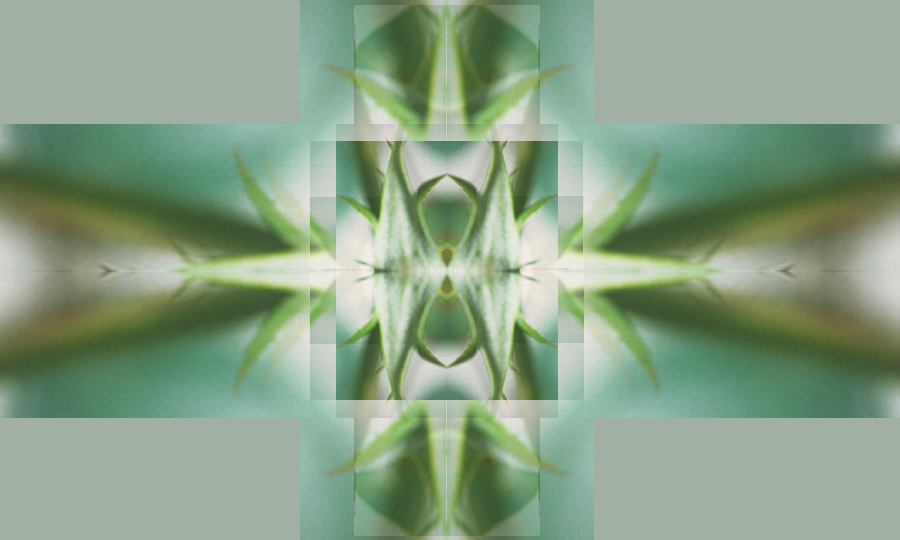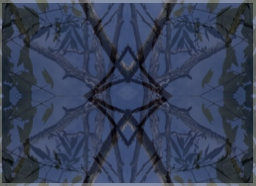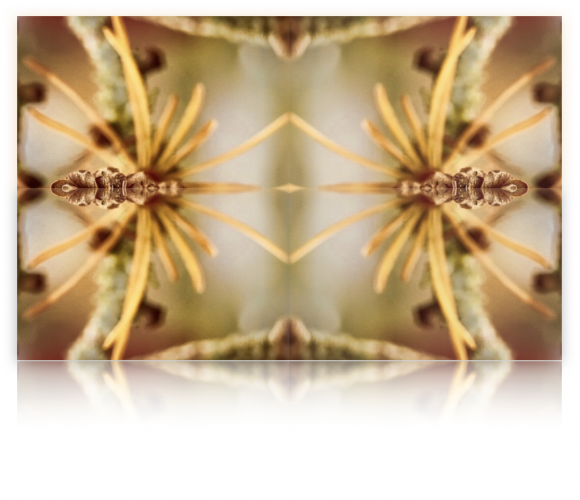Several of my difficulties in understanding the supposed “psychological relativity” of time and space, and the role of synchronistic phenomena in demonstrating such “relativity”, had to do with the weird nature of the collective unconsciousness, as Jung conceives of it. Let’s catch up with some of that.

1. As a main proponent of the psychoanalytic movement, Jung of course held the view that there are unconscious psychological contents.
‘Unconscious’, however, is a broad notion, generally used as an umbrella term: there are many ways and many reasons for psychological contents to be unconscious (GW VIII, §382; see also GW VII, §§202-204; GW IX/II, §4). For example, a subject may have memories they simply don’t access, but easily could access. (E.g. you may in fact never again remember a conversation you had yesterday, but can easily recall it when someone asks you about it.) Others may become outright inaccessible, perhaps by repression. (E.g. traumatic memories, which a subject cannot remember because they would be too painful to bear.) Again, other contents, such as perceptions, may be simply too weak and undifferentiated to become conscious. (For instance, there may be a faint sound you’re not aware of, and would never become aware of, unless someone else points it out to you and you listen with some focus and effort.) And there are many others. And all these unconscious contents can play a role in a subject’s psychology, by influencing their thoughts, emotions, and behavior. (And they normally do.)
Now Jung famously posited another layer within the unconscious: the collective unconscious. In contrast to the kinds of unconsious contents listed above, contents of the collective unconscious are not something a subject acquires during their personal life. A memory can be repressed and become unconscious, but it is still a memory that person must have had at some earlier time in their life. A subliminal perception (such as the too faint sound) is still something that person’s sense organs have picked up. But a content out of the collective unconscious is no personal acquisition. It is something every subject has merely by being a specimen of the species.
In that sense the collective unconscious is somewhat analogous to the layer of biological instincts in animals, such as the nesting instinct in birds. (Human animals, of course, have such biological instincts as well.) An instinct, similar to a memory, can influence a subject’s emotions or behaviors; but it is collective rather than personal since it is shared by virtue of being part of a species rather than learned from individual experience.
Although humans are likewise subject to such instinctive patterns based in our physiology, we are not entirely driven by them. We have some conscious control over our psychology by the exertion of the will, and thus can — to some extent — override physiological drives. Yet it turns out that this conscious control over our psychology itself appears to follow some persistent patterns. In other words, just as our physiology sometimes runs in the ruts of pre-existent (instinctual) patterns, our conscious psychology also sometimes runs in the ruts of pre-existent patterns. And again, these patterns come with being a member of the human species, they’re not acquired in our personal life history. They can shape our psychology, without our being conscious of them. And these patterns, which Jung calls archetypes, are therefore likewise part of the collective unconscious.
2. Something like the above is the main line of thought in Jung’s essay Theoretische Überlegungen zur Natur des Psychischen (GW VIII, §343–442); the goal there is to delimit the notions ‘conscious’ vs. ‘unsconscious’ and ‘psychological’ vs. ‘non-psychological’ against each other. There are dark areas here, in which Jung is particularly interested. For example, he asks questions such as: Is the extent of the ‘psychological’ equal to the scope of the ‘conscious’? And if not (as he holds, of course), then are all unconscious phenomena psychological, or could it be that some unconscious phenomena are non-psychological? Are there perhaps gray areas where that is indeterminate?
His answer is that the psychological covers the conscious and some of the unconscious, but that at the fringes there are unconscious, non-psychological phenomena: on one hand, those physiological in nature (biological instincts), on the other hand, those archetypal in nature: patterns of conscious operation which are shared by the entire species (GW VIII, §420).
(The latter I have already illustrated, coming from a different direction of interpretation, in my previous post, along the lines of an analogy with a platonist account of numbers. In general, a comparison of Jung’s archetypes of the collective unconscious with the Platonic forms strongly suggests itself.)
3. There are a number of complications here.
One is that the question of ‘conscious’ vs. ‘unconscious’ is generally a matter of degree and relative to some description (see esp. GW VIII, §397). Jung puts this by saying that the notion of consciousness is “relative”, but that use of ‘relative’ is not to be confused with the other sense, in which he says that space and time are psychologically “relative” (and which gets heavily employed later on, in the Afterword, and especially in the synchronicities essay).
Another is the problem of self-referentiality: archetypal patterns can only be observed when they shape conscious contents (i.e. become observable as behavior or, introspectively to the subject, as thoughts and emotions); but Jung also wants to match them with symbolic representations (mythical narratives, geometrical formations such as trinity and quaternity, etc.), and that is a business which is, to say the least, vague and open to interpretation. Yet Jung’s account along the lines of Platonic forms relies heavily on making such matches.
4. These aside, there is yet another dimension of complexity here. To say that the whole layer of collectively shared archetypes is a self-identical structure shared by all individuals does not entail that all individuals have a share in it in the same way, or to the same extent (or degree). So, at least as a logical possibility, there may be differences across individual subjects.
And it seems to me that Jung thought there are such differences. That’s how I understand statements such as this one, where he says that “many neurotic disturbances” rest on “certain contents [being] constellated in the unconscious which the consciousness cannot accomodate because it lacks apperceptive concepts” (GW IX/II, §259). It’s not always that archetypal patterns are triggered and produce their contents: they must be constellated in a given individual (and, I presume, a given situation). Similarly, Jung says that the archetype of the anima can be more or less strongly constellated in different individual subjects: “If the anima is constellated to a stronger degree [in stärkerem Maße konstelliert], she softens the character of a man and makes him sensitive, excitable, moody, jealous, vain and maladapted” (GW IX/I, §144).
Thus even though we all share in the layer of the collective consciouness, the combination and respective strength of the archetypes within each of our individual psychologies may vary. (This fits with Jung’s notion elsewhere that each individual psychology, both conscious and unconscious, is a more or less arbitrary section of the collective psyche; notably in the second of the Two Essays. But in the later work it goes deeper: this arbitrary cross-section seems to go down all the way from consciousness to the collective, not just personal, unconscious.)
And this, consequently, leads to the next question: what are the selection processes like? Are they just random? Are they partially determined by the unconscious structures themselves, i.e. are they archetypal themselves? Can they be influenced by conscious choices? Or would it be a complicated mix of all three?
The same sort of question also emerges with respect to individual situations or events, rather than individual subjects overall. What determines whether and which archetypes are triggered in a given situation? In this variant the question is of particular interest for my topic, because this is where, according to Jung, the archetypes potentially have synchronistic “fringe phenomena” (GW VIII, §440).




[…] In my earlier post I have already drawn on a parallel that Jung uses to illustrate archetypal patterns: they are similar to biological instincts (which, obviously, are patterns of observable behavior, […]
[…] The two passages I already quoted (GW IX/I, §144 and GW IX/II, §259) indicate that particular archetypes may be ‘constellated’ […]
[…] normally proceeds in one of two directions: either towards a distinction between personal and collective unconscious (such as in GW IX/I, §§ 1-3 or § 88, both essays that deal with archetypes of the collective […]